Costa Rica is a nature-lover’s paradise. With tons of opportunities to hike, zip-line, kayak, and partake in all kinds of outdoor activities, it’s no surprise that ecotourism is so mainstream there. It’s also a gorgeous place to simply hang out at the beach, relaxing the day away. I did a bit of both, making for an incredible trip throughout the country.
But after nearly a month of traveling here, I realized there were a few things I wish I knew beforehand.
These are some tidbits of information, pieces of advice, and general things to know before you travel to Costa Rica, so you can have an awesome time and hopefully not repeat my mistakes and faux pas:
1. Costa Rica can be very expensive.
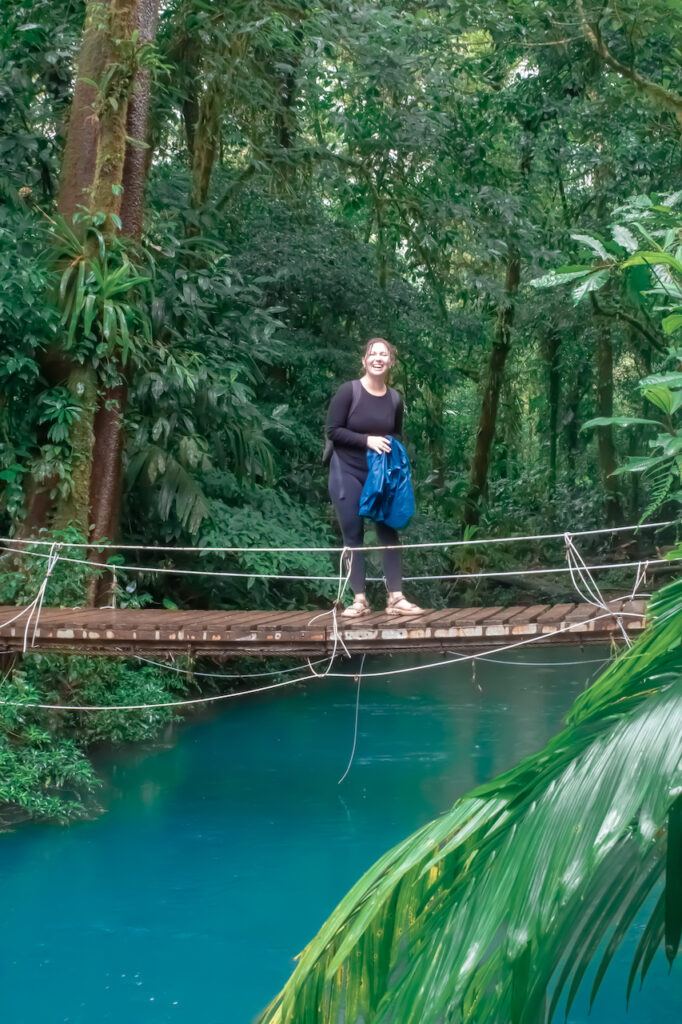
I anticipated this before my trip, but I was surprised at how expensive it was to travel through Costa Rica, even with prior knowledge that it was pricier than other Latin American countries. Especially in tourist hot spots like Manuel Antonio and La Fortuna, the prices for accommodation, food, and activities is comparable to some cities in the US. It’s pretty tough to find free things to do in Costa Rica, and entrance fees for the national parks start around $15 per day; tours start at $60.
Not all hope is lost for backpackers, though. There are plenty of affordable hostels in Costa Rica, many of which include breakfast and have less expensive tour options.
2. For cheap eats, go to the sodas.
One way to save money while traveling through Costa Rica is to dine in the sodas, aka mom-and-pop restaurants. These are always clearly marked as such, and serve up hearty meals that capture the essence of daily Costa Rican cuisine. The most typical plate is called a casado, which includes the traditional gallo pinto, aka rice and black beans, with some kind of meat or fish and a salad. These usually cost around 4,000-6,000 colones ($6-9 USD) and are very filling.
To save money on food, you can also choose a hostel or hotel that includes breakfast and then go to sodas for lunch. Considering that entrees at restaurants in touristy areas can cost $10-15, sodas are a bargain.
3. The weather can change in an instant.
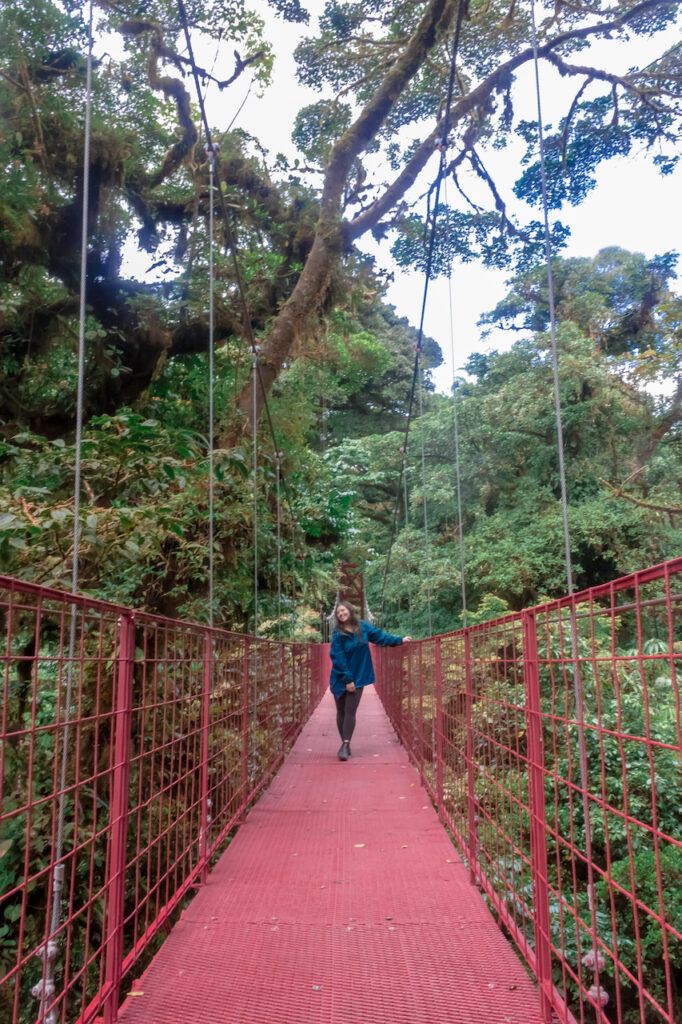
Although I went to Costa Rica ready for almost any type of weather, I couldn’t believe how sunny skies could change in the blink of an eye into a complete downpour. Especially if you plan to visit Costa Rica in the rainy season (May to November), flash rainstorms are common. This doesn’t have to put a damper on your trip, though.
Go to Costa Rica prepared for heavy rain, mud, and both hot and cold weather. Have at least one pair of waterproof shoes, a rain shell, a waterproof bag, and layers for chilly weather in case you go somewhere like Monteverde, where the altitude means colder temps. If you plan to spend the day in nature at a national park, always bring your rain gear with you, even if it doesn’t look like it will rain.
4. Renting a car is the way to go…
Having a car can be a game changer in Costa Rica. Many of the places I wanted to visit were either too far (and expensive) to get to via taxis, or there was no public transport available. I met a local in Uvita who told me that having a car isn’t just a luxury, it’s a necessity. This made a lot of sense to me when I saw how far apart many of the attractions were.
If you want to get to a place before the tour crowds arrive, having a car is the only way to do it. For example, when I visited the La Fortuna waterfall on a tour, I didn’t have the freedom of choosing when to visit and there were already so many people there. We also encountered rain when we arrived, which I could have avoided if I had had a car.
The big down side of renting a car in Costa Rica is the price. I found out that rates start at $80 a day. Booking online is a gamble, too, as often tourists are given a much higher rate than what they were quoted when they pick up the car. A rule of thumb: if the quote is less than $80 per day, there’s a good chance that there will be hidden fees you’ll have to pay when picking it up.
5. …but public transportation is cheap and easy.
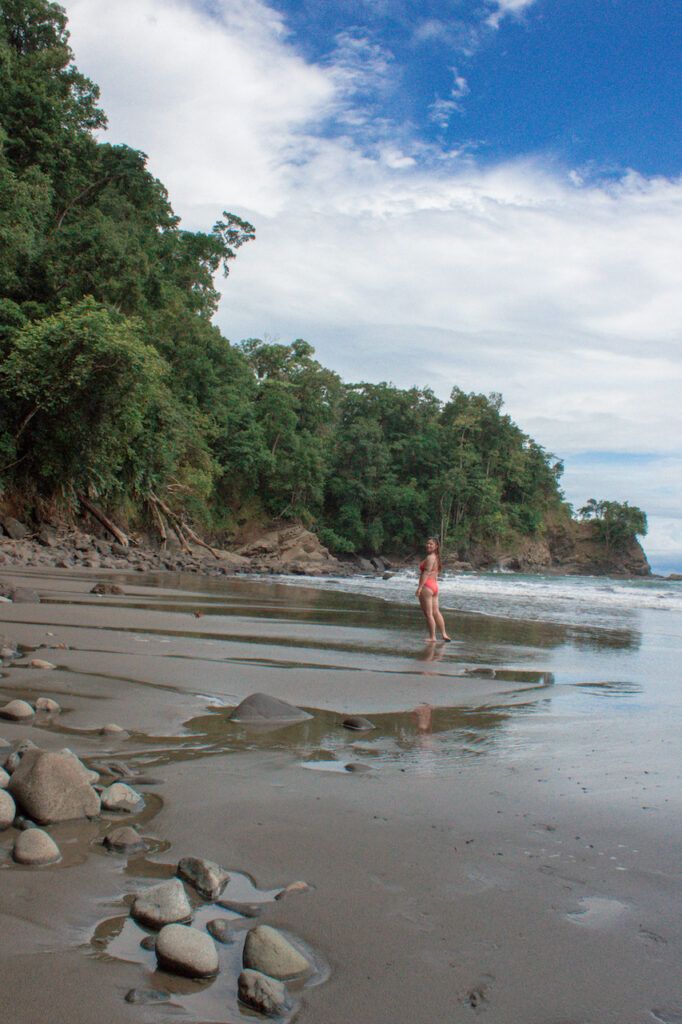
If you’re alone and traveling on a budget, relying on public transportation to get from place to place in Costa Rica is a great choice. Although renting a car allows for more flexibility for where you go and when, public transportation is totally doable between cities. Plus, it’s incredibly cheap and easy to navigate.
If you’re starting your journey in San José, you can easily hop on a bus to any of the major touristy areas in the country. For example, to get to Uvita on the Pacific coast, it only cost me about $7 USD, and the 7:30am bus arrived around 11am, ahead of schedule. However, once I got to Uvita it was challenging to get from place to place via public transportation, hence why I got stranded at Playa Ventanas (read about it here).
Plus, if you get somewhere like La Fortuna, where many of the main attractions are hard to get to without taking a tour, you can rent a car for just a couple days. I wish I knew this beforehand, as it would have taken my experience in La Fortuna from good to great.
6. The national parks are fantastic.
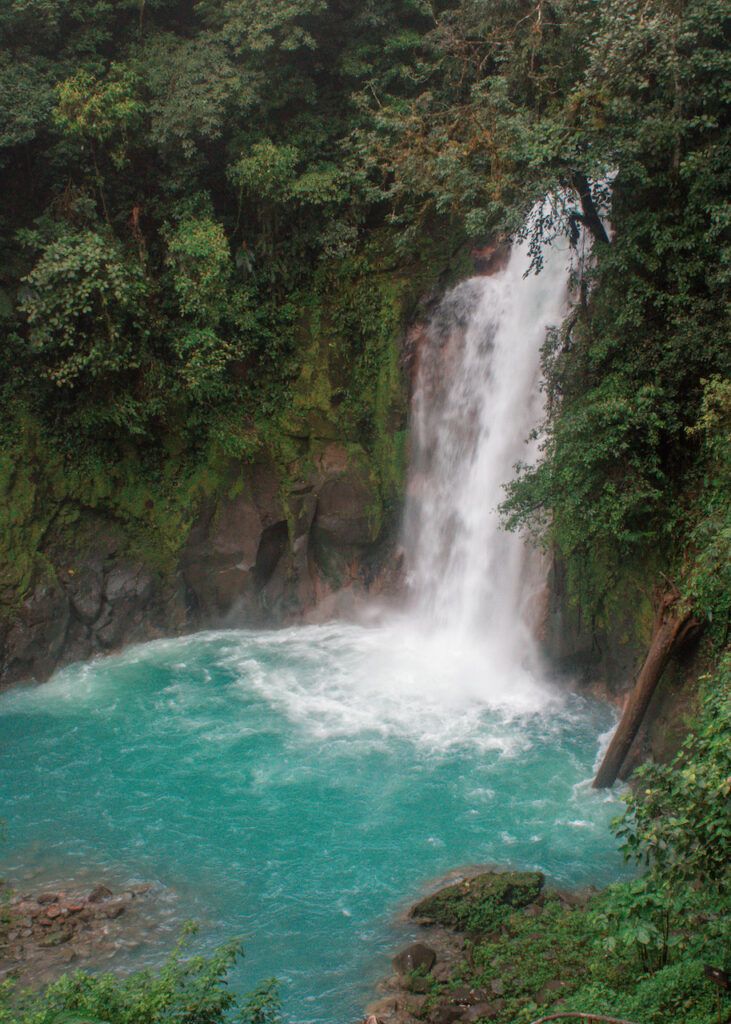
Being from the States, I have been spoiled all my life with amazing national parks. Let’s just say, the bar is pretty high. However, Costa Rica’s national parks blew me away with their preservation, accessibility, and overall beauty. From the wild trails through Manuel Antonio National Park to the waterfall in Tenorio Volcano and the Amazon-like canals of Tortuguero, these places were astounding.
Since Costa Rica is home to 6% of the world’s biodiversity, it’s no surprise that the parks are bursting with life. Even though I knew this, it never ceased to amaze me when I saw it with my own eyes.
There were two national parks that I didn’t visit this time, but certainly will be back for: Cahuita and Corcovado. I mean, how many more reasons do I need to go back?
7. There are wild animals nearly everywhere.
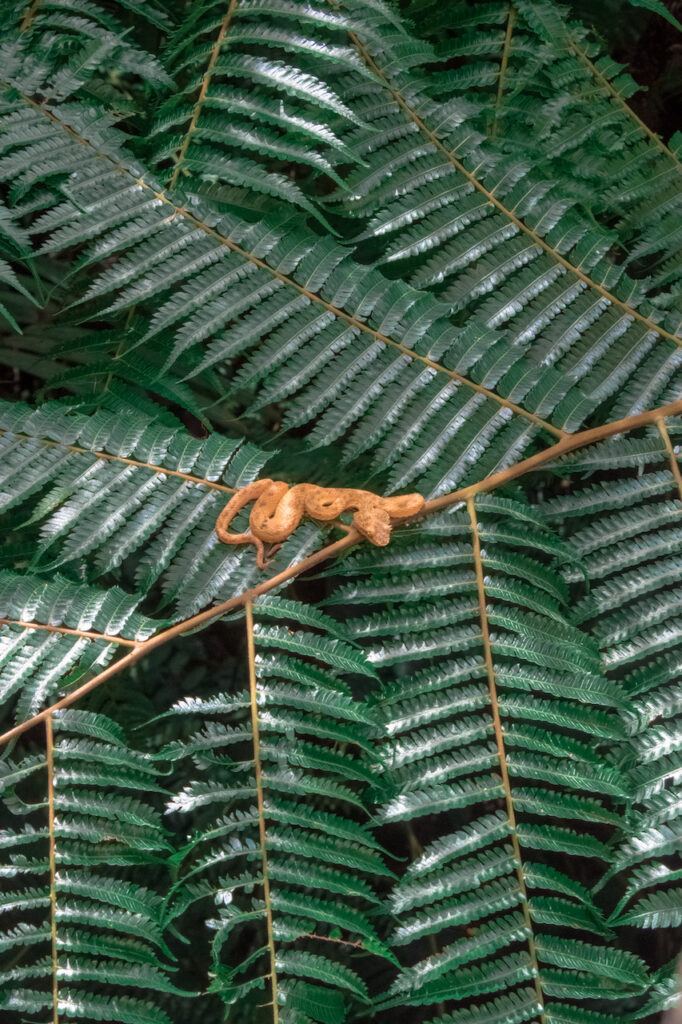
Speaking of Costa Rica’s impressive biodiversity, national parks aren’t the only places to find wild animals. From mischievous monkeys to roadside sloths and the occasional shower drain scorpion, there seem to be wild animals everywhere here.
I wish I would have known how common critters are inside accommodations. After finding a couple of them in my bag, I realized that it was necessary to keep those zipped at all times. Luckily I wasn’t stung or bitten by anything, but there were a couple of close calls.
8. The two coasts are very different.
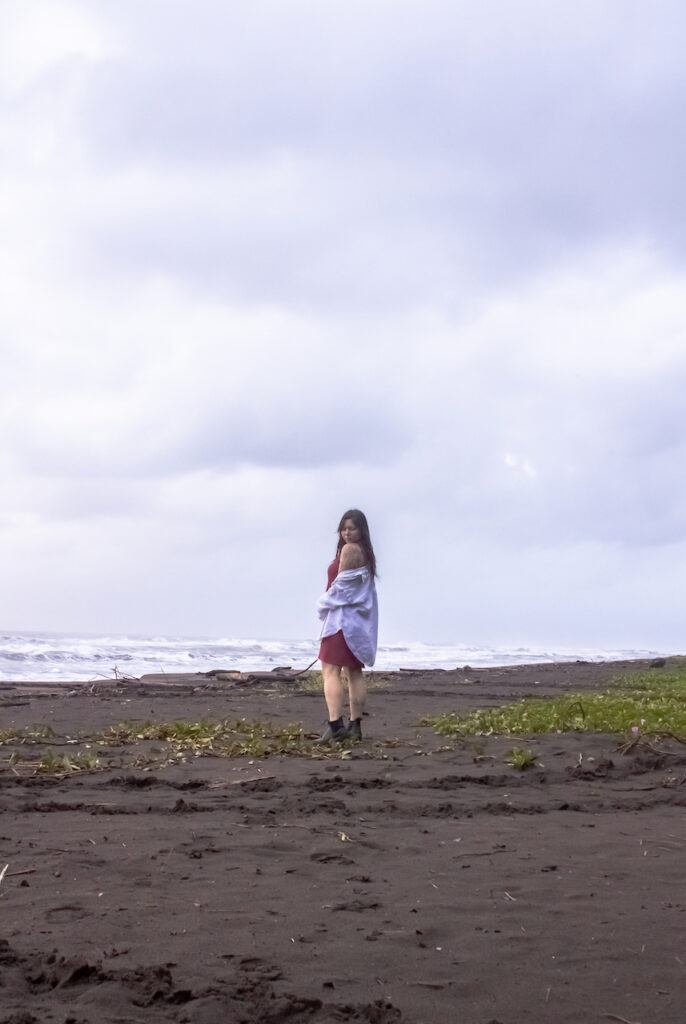
Since I visited both the Pacific and Caribbean coasts, I saw how diverse such a small country can be. For one, the beaches are very different.
The Pacific coast has small coves, with rocky cliffs and waves ideal for surfing. The sand is mostly golden and glistens beautifully when the sun sets. I also noticed that the Pacific coast was much more Americanized, with more expensive restaurants and overall more touristy.
The Caribbean coast, on the other hand, has a larger Afro-Latino population and therefore a different cultural landscape than the Pacific coast. Tortuguero, for example, gave me much more of a Jamaican vibe, with bolder flavors and reggae music blasting everywhere. If you are excited to dive into Costa Rican culture, the Caribbean side is an ideal place to do it.
9. Addresses aren’t really a thing.
Even in the largest city, San José, addresses don’t really exist in Costa Rica. Even on official documents, Costa Ricans give descriptions of their address instead of a number and a street. For example, somebody might describe their address as “a big white house next to the Catholic church.”
This might not be an issue when you travel to Costa Rica, as most taxi drivers know main landmarks and hotels. However, if you stay in an Airbnb, it can be difficult to describe its location to a driver. In any event, make sure you have an offline map (I use the app maps.me) so you can show your driver where you want to go.
10. Sometimes tours really are worth the money.
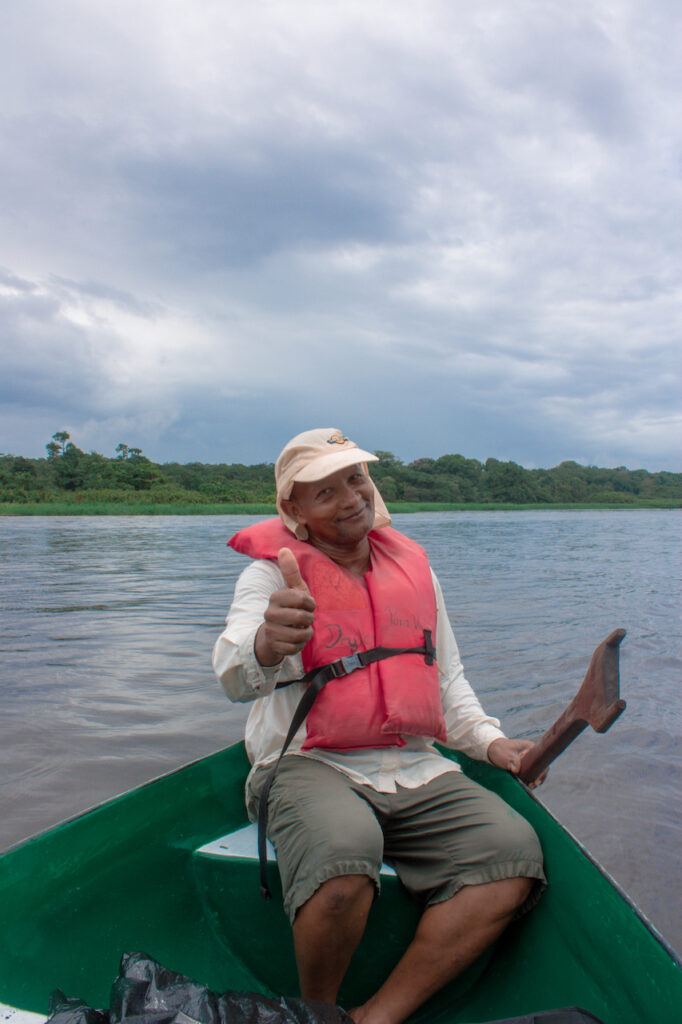
I experienced sticker shock when looking at the prices for some of the tours in Costa Rica. After doing a few, though, I realized that some of them were definitely worth it (while others were not).
I recommend booking through Get Your Guide when you can, as the platform gives a detailed description of what is included in the tour and what you can expect in terms of how long it will take, what to bring, where you’ll be going, etc.
If you wait to book your tours until you get to your destination, always make sure to do so at the tour office itself. I talked a bit about this in my Costa Rica safety guide, but basically, there are scammers on the street who try to get tourists to book with them. Booking directly with the company is slightly cheaper than booking through a third party, but there’s a bit more mystery about the tour itself.
Overall, the best experience I had on a tour was in Tortuguero. I booked directly with the guide himself, and his expertise, kindness, and quirkiness were what made the tour worthwhile. Plus, booking directly with the guide meant the tour was much more affordable than if it were with a large company.
You won’t find this kind of direct offer everywhere in Costa Rica, but you can definitely keep your eye out for mom-and-pop tour companies that have a more down-to-earth feel.
11. Prepare yourself for tourist traps.
Beyond the abovementioned tour scams, there are quite a few tourists traps throughout Costa Rica. I find this pretty unsurprising, considering how touristy the country is overall.
One trap is expensive shuttle services that are not much faster or more reliable than simply taking the public bus. If you are not renting a car, check out the public transportation options before going for a shuttle. If you are going from San José to pretty much anywhere in Costa Rica, the public bus will likely be just as easy. For other routes, like between La Fortuna and Tortuguero, a shuttle is definitely a great option, because public transportation takes twice as long. I use Rome2Rio to get a general idea of public transportation routes, but keep in mind that that it isn’t always 100% accurate.
Other tourist traps in Costa Rica include hokey restaurants with Americanized menus and astronomical prices, and overpriced souvenir shops, which you’ll likely find at the exit of national parks and ecological reserves.
12. Get to places as soon as they open.
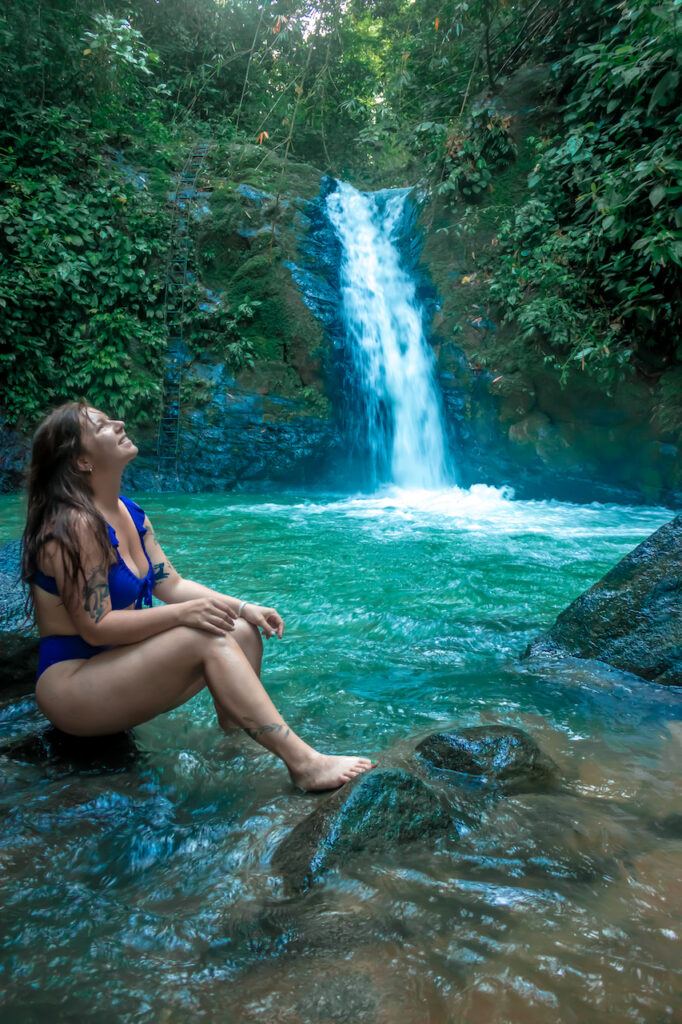
Even during the low season, from May to November, there is a steady stream of tourists in Costa Rica. That means that the best places get packed in the late morning and early afternoon. If you are like me and enjoy being in nature without too many other people around, make sure to get to your destination first thing in the morning.
The sun rises around 5am during most of the year in Costa Rica, which meant a lot of very early wake-up calls for me. It was totally worth it, though. I enjoyed visiting the waterfalls, swimming holes, and jungle paths — and even just walking down the street — at this hour. Going to these places early also meant that I could spend more time there, just soaking in the beautiful surroundings, without any distractions.
Also keep in mind that tour groups tend to arrive at big attractions around the same time. I noticed that places would get busy around 9 or 10 in the morning, then clear out around noon, then get busy again around 2 or 3 in the afternoon before the park closed at 4pm. Given that, the best time to visit busy spots, like the La Fortuna Waterfall or Manuel Antonio National Park, is right when they open (usually 7am) or during lunchtime.
13. Make sure to carry enough cash.
Some smaller and more remote places in Costa Rica, like Tortuguero, for example, don’t have ATMs readily available. Considering that some hotels and hostels charge a 2-5% fee to pay for accommodations with a card, having cash on hand is a good idea. Carrying large amounts of cash can be nerve-wracking, sure, but if you spread it out among multiple bags and pockets, you lessen the risk of losing it all in one go.
Also try to have colones (the local currency) instead of dollars when possible. Although Costa Rica uses dollars, some small restaurants and shops prefer that patrons pay in colones. I never got a clear answer on why this is, but I can imagine that having colones is more useful for them.
14. San José is worth a couple of days.
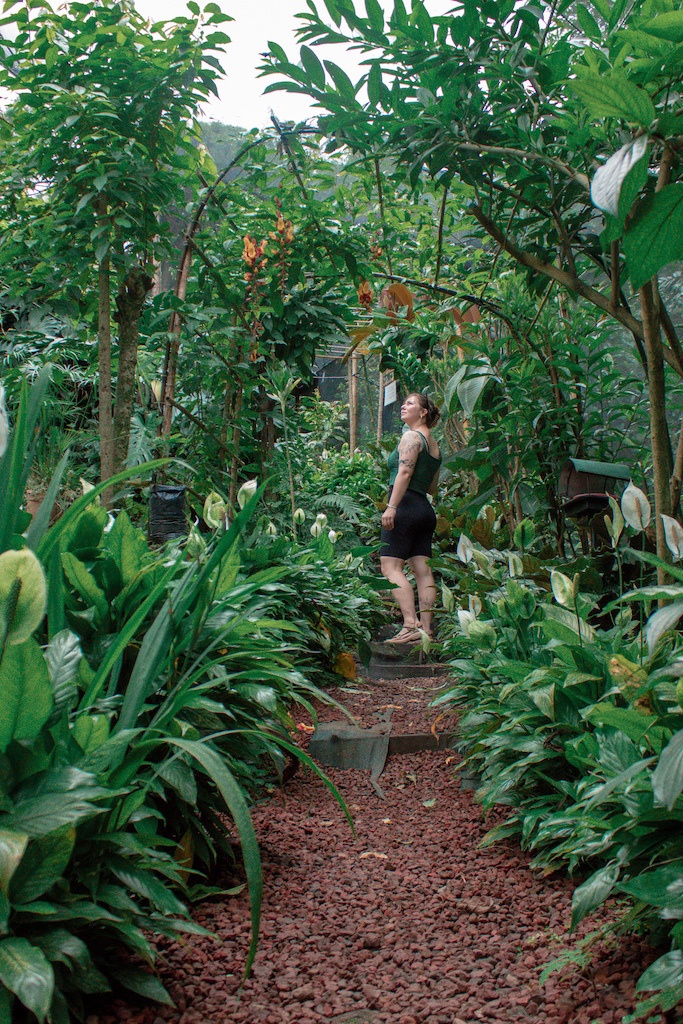
Too many travelers pass up the opportunity to spend a couple of days in Costa Rica’s capital city, San José. It has a reputation for being a dirty, even dangerous city, with little to do. I disagree with this, and actually really enjoyed exploring San José at the beginning and end of my trip.
First of all, it’s Costa Rica’s cultural capital. There are great museums, a thriving art scene, and some of the country’s best restaurants and bars. I loved visiting the Spirogyra Butterfly Garden and venturing out to the Hacienda La Chimba and checking out the nearby city of Cartago.
15. Uber Is illegal but cheaper than taxis.
In larger cities like San José and even La Fortuna, Uber is available and even cheaper than taking a taxi. However, it’s illegal throughout Costa Rica. Therefore it’s common that drivers will ask you to sit in the front seat, so as to not raise suspicions that they are driving for Uber.
Although I usually recommend taking Ubers instead of taxis, it’s tricky to say if it’s actually safer to do so in a place where it is illegal. But it is certain that they’re cheaper. Also, considering the point above about addresses, Uber is much easier to use, because your driver has your exact location and that of your drop-off point. Otherwise, it can be hard to explain to a taxi driver (especially if you don’t speak Spanish) where you need to go.
Pin me for later:


There are some things that are hard to prepare for before heading to a new place. I sort of think that mystery can make a trip more exciting. However, these tips were all things I either didn’t know or only knew a little bit about before I went. I hope they help you prepare for your trip so you can enjoy the magic of Costa Rica.
If you’ve been to Costa Rica, what other helpful tips do you wish you knew before you went?
There has never been a better time to plan your next trip and make your Dream vacation a reality . Whether you've been dreaming of relaxing on a sun-kissed beach, exploring ancient cities, or embarking on an epic adventure, now is the perfect moment to make it happen.













